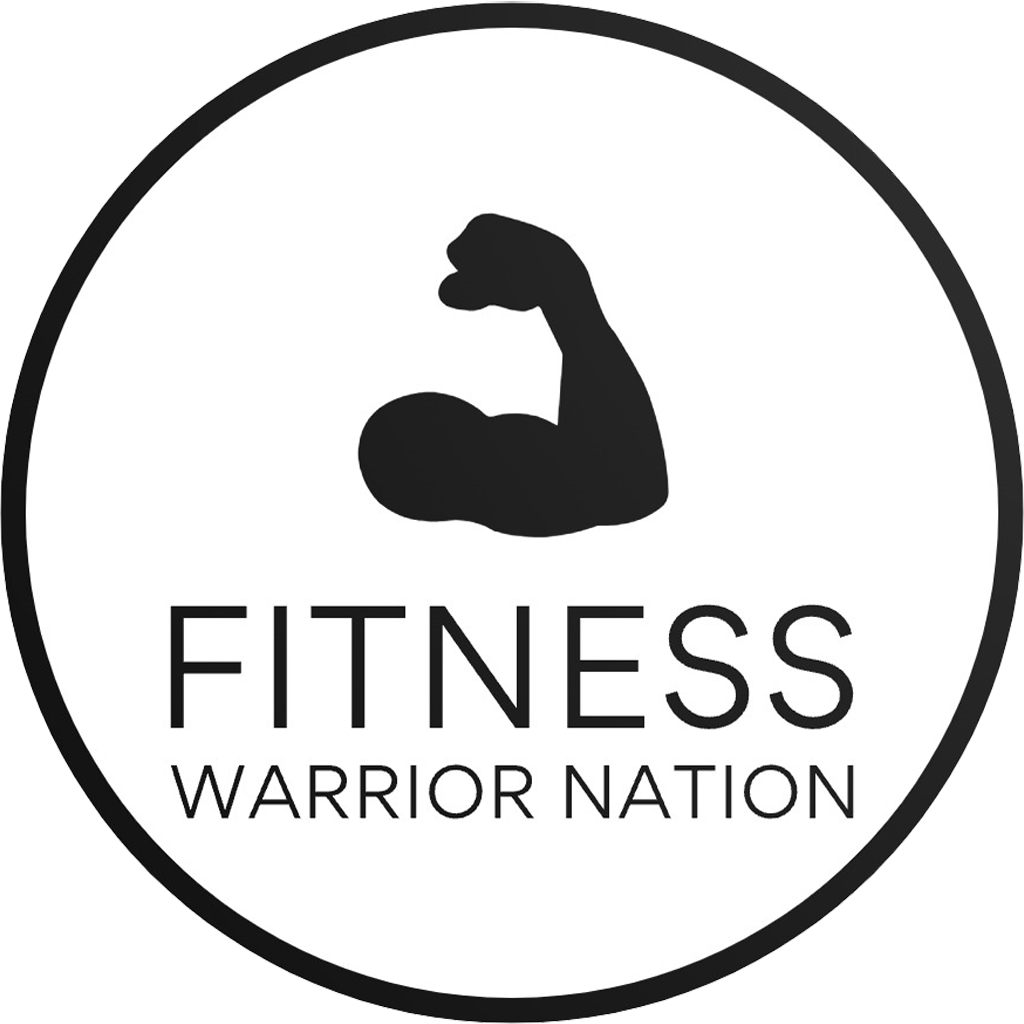In the vibrant and fast-evolving sphere of fitness and wellness, 2025 stands out as a pivotal year shaping the trajectory of health priorities worldwide. As new research and evolving consumer behaviors converge, the landscape is not only expanding but undergoing consolidation, innovation, and an unmistakable shift in how individuals engage with their wellbeing. The surge in appreciation for holistic health practices, mental wellness, and technologically-enhanced fitness solutions signals a profound transformation that both enthusiasts and industry leaders must carefully navigate to remain relevant and impactful in this competitive sector.
Accelerating Growth and Consumer Priorities in Today’s Fitness and Wellness Market
The fitness and wellness industry is currently experiencing unprecedented growth, surpassing many other sectors thanks to a mix of clear, consistent consumer demand and innovative product offerings. According to recent findings, approximately 84 percent of U.S. consumers regard wellness as a critical part of their day-to-day lives, with more than half (56 percent) increasing their wellness focus compared to previous years. This steady incline is observable since 2020, marking a significant behavioral shift towards prioritizing health.
Major brands such as Nike, Adidas, Under Armour, Lululemon, and technologically savvy companies like Peloton, Fitbit, ClassPass, and MyFitnessPal are capitalizing on these evolving interests by tailoring offerings that mesh perfectly with consumers’ wellness journeys. From athleisure wear that combines style and function to apps and platforms providing personalized training experiences, these companies have become synonymous with modern fitness culture.
However, the market’s upward trajectory conceals underlying challenges, particularly the rapid restructuring through mergers and acquisitions. Fitness executives face a crucial moment where the choice is clear: innovate and create differentiated value or risk obsolescence. The current landscape demands strategic agility that blends unique fitness propositions, expanded capabilities for resilience, and a focus on partnerships.
- Increased consumer wellness focus: Rising from 2020, consumers consistently rank wellness higher on personal priorities.
- Market consolidation: Fitness and wellness companies are merging to harness combined strengths.
- Emphasis on innovation: Integration of technology within fitness regimes is a game-changer.
- Investment in community and engagement: Wellness brands are building stronger social connections.
| Metric | Percentage | Trend Since 2020 |
|---|---|---|
| Consumers with Wellness as Priority | 84% | Increasing |
| Consumers Increasing Wellness Focus | 56% | Rising Year-over-Year |
| Industry Growth Rate | Above Peer Average | Strong Upward Momentum |
| Fitness-Wellness Consolidation Rate | Significant Increase | Accelerating |
Defining Differentiated Value Propositions to Stay Ahead
With increasing competition and consolidation, defining a differentiated value proposition emerges as a vital survival tactic. Brands no longer thrive solely on product offerings or memberships; they now succeed by delivering unique, meaningful experiences that align with consumers’ evolving wellness aspirations.
For instance, Lululemon has gone beyond premium apparel to cultivate lifestyle communities through immersive events and digital content. Similarly, Peloton transformed fitness by combining hardware, live-streamed classes, and social engagement, creating an ecosystem that users cite as motivation beyond the exercise itself.
Examples from other segments highlight this enrichment of value propositions:
- Technology integration: Apps like MyFitnessPal and Headspace fuse nutrition and mindfulness, offering holistic wellness support beyond physical training.
- Accessibility: Platforms such as ClassPass provide flexible access to a variety of studios, promoting diverse workout experiences that suit all schedules and levels.
- Personalization: Wearables like Fitbit use data analytics to craft bespoke fitness recommendations, elevating individual progress tracking.
- Community building: Initiatives like Tone It Up blend exercise programs with support networks, fostering accountability and camaraderie.
These examples underscore how a multi-dimensional approach fosters deeper consumer engagement. It moves the conversation from transactional purchases to emotional, value-driven connections that nurture loyalty and sustained participation.
| Brand | Unique Value Proposition | Consumer Benefit |
|---|---|---|
| Lululemon | Community-centric events and lifestyle content | Sense of belonging and inspiration |
| Peloton | Integrated live fitness classes and social features | Motivation & real-time interaction |
| MyFitnessPal | Nutrition tracking and mindful wellness integration | Holistic health management |
| Fitbit | Personalized fitness analytics | Customized progress and goal orientation |
Establishing such well-defined value propositions is essential for fitness companies engaged in mergers or partnerships. The challenge is to retain distinct customer appeal while blending operational strengths for competitive resilience.
Strategic Mergers and Partnerships Driving Industry Consolidation
The ongoing wave of consolidation in fitness and wellness reveals an industry transforming its landscape through mergers and acquisitions. This trend responds to the market’s complexity and the need for scalable solutions amidst consumer demand diversification.
Key drivers behind this movement include the ambition for broader market penetration, technology acquisitions, and integrated service offerings. Companies are increasingly motivated to band together to provide comprehensive health and fitness ecosystems rather than isolated services. For instance, major players might acquire boutique fitness studios like those highlighted at Kettlebox Fitness Studio Sterling or digital wellness platforms to enhance their footprint.
This strategy addresses numerous challenges:
- Resource optimization: Combining operational and marketing budgets for better economies of scale.
- Access to new demographics: Reaching diverse consumer groups via an expanded service portfolio.
- Innovation acceleration: Sharing technology and data analytics for improved product offerings.
- Resilience against competition: Strengthening market position amid emerging rivals and new business models.
Examining real-world examples, companies leveraging strategic alliances include those navigating digital content libraries, wearable tech integration, and hybrid fitness models blending in-person and virtual experiences. This complex environment demands careful orchestration of mergers to maintain brand identity while maximizing competitive edge.
| Consolidation Strategy | Expected Benefit | Industry Example |
|---|---|---|
| Acquisition of boutique studios | Expanded local market presence | Kettlebox Fitness Studio Sterling |
| Partnership with technology firms | Innovation in wearable and app integration | Fitbit collaboration with fitness apps |
| Hybrid fitness models | Combining in-person and virtual offerings | Peloton expanding studio and digital classes |
| Wellness ecosystem creation | Holistic consumer experience | Lululemon’s acquisition of fitness service brands |
The way forward in this consolidating market is clear: agility combined with a balanced focus on product excellence, strategic growth, and partnership synergy will secure lasting success.
The crescendo of mergers and partnerships will define the next era of fitness and wellness offerings, shaping products and services that are adaptable, technology-enabled, and deeply consumer-centric.
Emerging Technologies and Their Transformative Impact on Fitness Engagement
The rise of cutting-edge technologies has steered fitness and wellness into uncharted territories, driving engagement and enriching user experiences. Smart wearables, AI-driven coaching, virtual reality (VR) workouts, and biometric data integration offer consumers unprecedented personalization and immersive options.
Companies such as Fitbit and Peloton are at the forefront, using machine learning and behavioral analytics to adapt workouts in real-time, making sessions more effective and motivating. Technology also supports mental health tools like Headspace, combining mindfulness practices with fitness programming to address wellness holistically.
Here are key ways technology reshapes fitness journeys:
- Real-time biometric tracking: Monitoring heart rate, calories, and recovery to optimize training sessions.
- AI-powered coaching: Personalized workout adjustments and goal setting based on progress and health data.
- Immersive virtual experiences: VR environments and gamified challenges to boost motivation and enjoyment.
- Integrated wellness platforms: Combining fitness, nutrition, sleep, and meditation for a 360-degree health approach.
| Technology | Functionality | User Benefit |
|---|---|---|
| Wearables (Fitbit, Apple Watch) | Biometric and activity tracking | Health monitoring and personalized feedback |
| AI Coaching Apps (Peloton, MyFitnessPal) | Customized workout and nutrition plans | Enhanced effectiveness and adherence |
| Mindfulness Apps (Headspace) | Meditation and mental wellness support | Stress reduction and holistic health |
| Virtual Reality Fitness | Immersive exercise environments | Engagement and entertainment |
The technology-driven fitness landscape calls for seamless integration and user-friendly interfaces to reach wider audiences. Platforms like ClassPass reflect this trend by offering flexible class schedules accessible via mobile devices, aligning with lifestyles that demand convenience and variety.
As these innovations embed themselves into everyday fitness culture, they pave the way for smarter, more personalized, and highly motivating wellness routines that can adapt to any lifestyle.
Community Building and Mental Wellness as Cornerstones for Sustained Fitness Success
Amidst the technological and structural shifts, the importance of human connection and mental wellness remains central to fitness success. Brands and fitness communities have realized that engaging on a deeper emotional level boosts persistence and overall satisfaction.
Efforts by companies such as Tone It Up offer prime examples where inclusive community fitness programs intertwine with mental support initiatives. These programs foster motivation through shared experiences, group challenges, and social accountability, which are crucial for long-term behavioral change.
Mental health integration into fitness is another crucial trend, with many platforms promoting mindfulness alongside physical workouts. Apps like Headspace streamline this approach, recognizing the symbiotic relationship between mental and physical health.
Effective community and mental wellness initiatives usually feature:
- Inclusive engagement: Designing workouts and programs for all ability levels and backgrounds.
- Support networks: Encouraging peer support and coach-led motivational groups.
- Mental health programming: Incorporating meditation, relaxation, and resilience-building practices.
- Challenge-based motivation: Using gamification and events to sustain commitment over time.
| Initiative Type | Key Feature | Fitness Benefit |
|---|---|---|
| Community Challenges (Tone It Up) | Group fitness and social interaction | Increased motivation and adherence |
| Mental Wellness Integration | Mindfulness and meditation programming | Balanced mental and physical health |
| Support Networks | Peer and coach encouragement | Emotional support and accountability |
| Inclusive Programming | Adaptive workouts for varying abilities | Accessibility for all participants |
Events like the Free Summer Fitness Series or the Mayweather Fitness Challenges demonstrate this commitment to community-building through active engagement. By offering inclusive and supportive spaces, these initiatives help demystify wellness, making it attainable and enjoyable for everyone.


